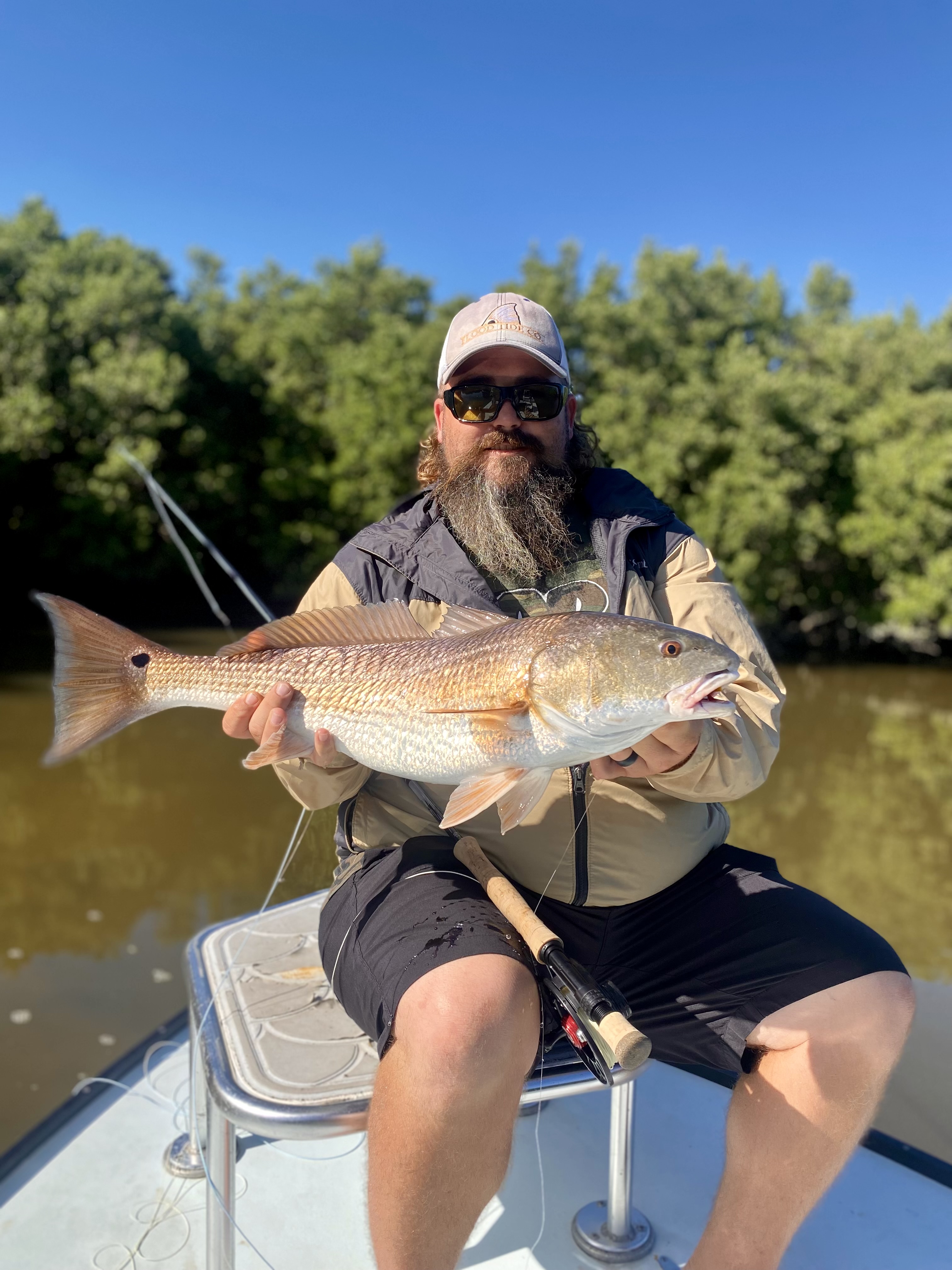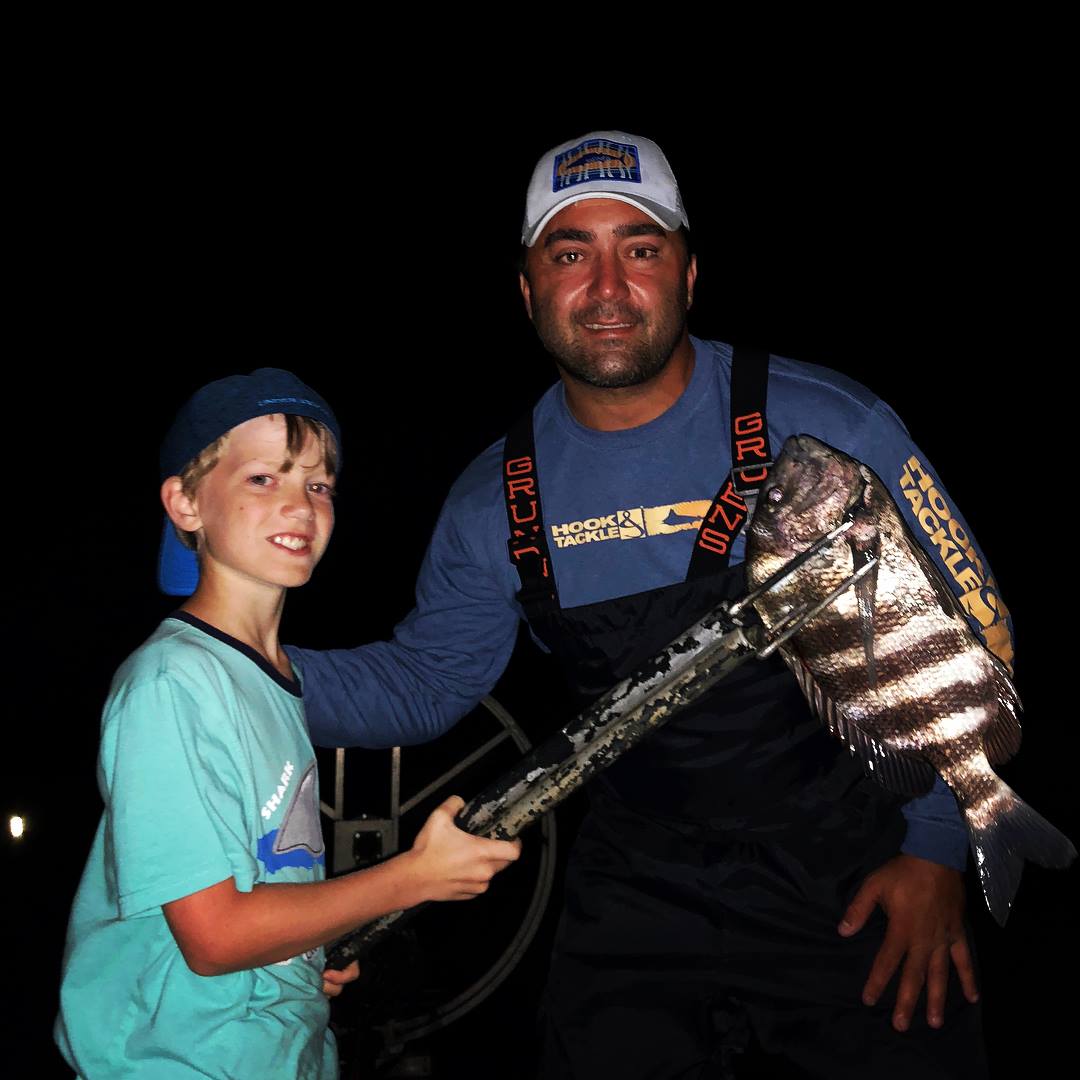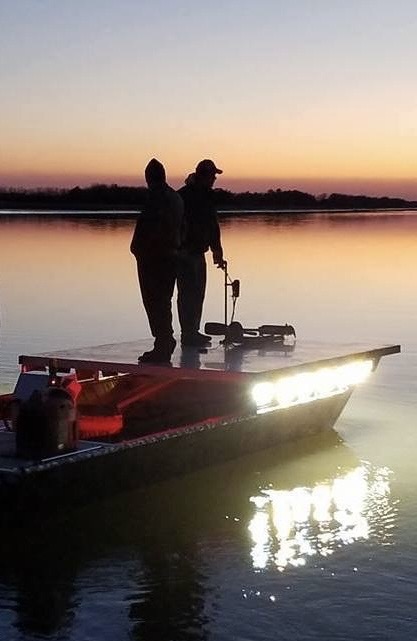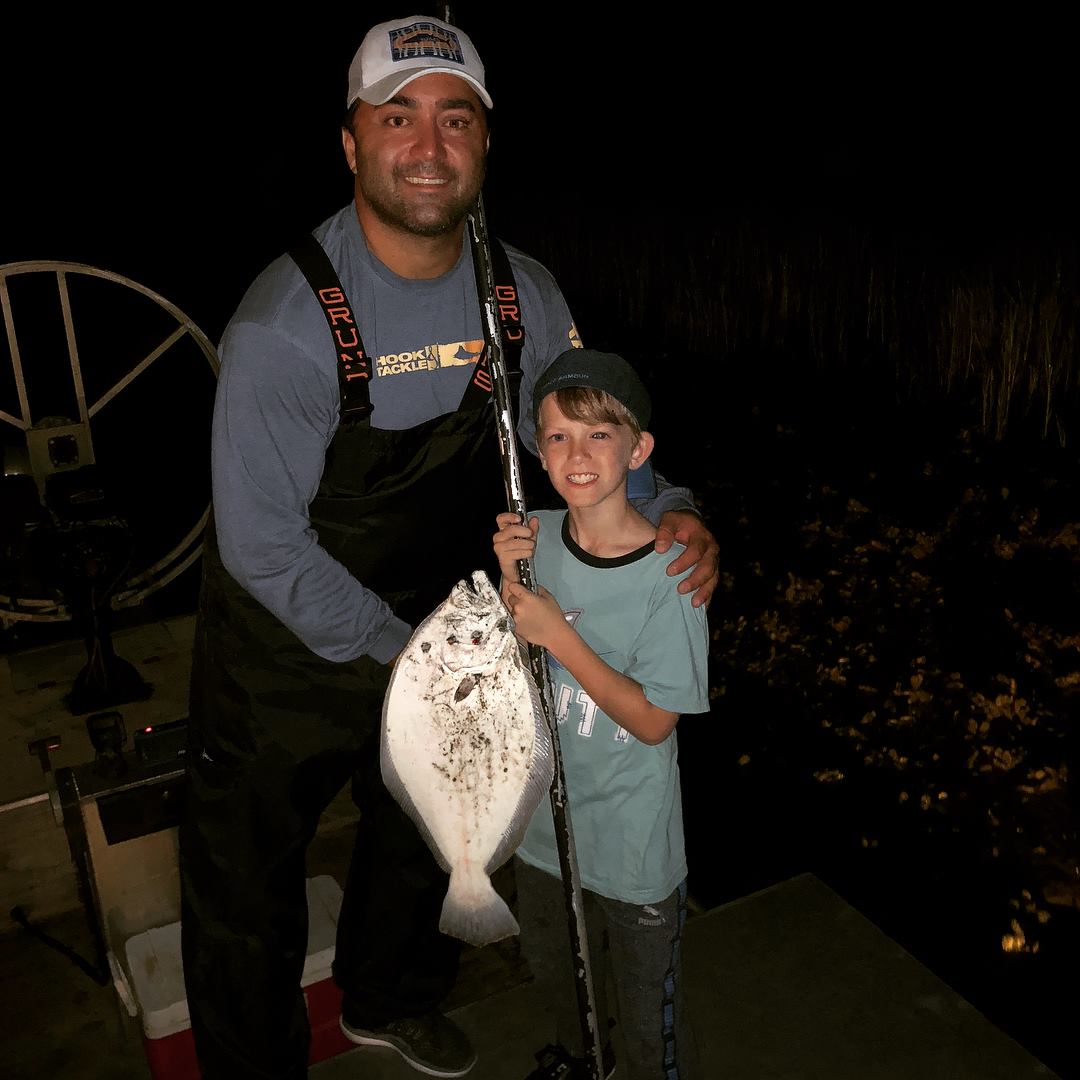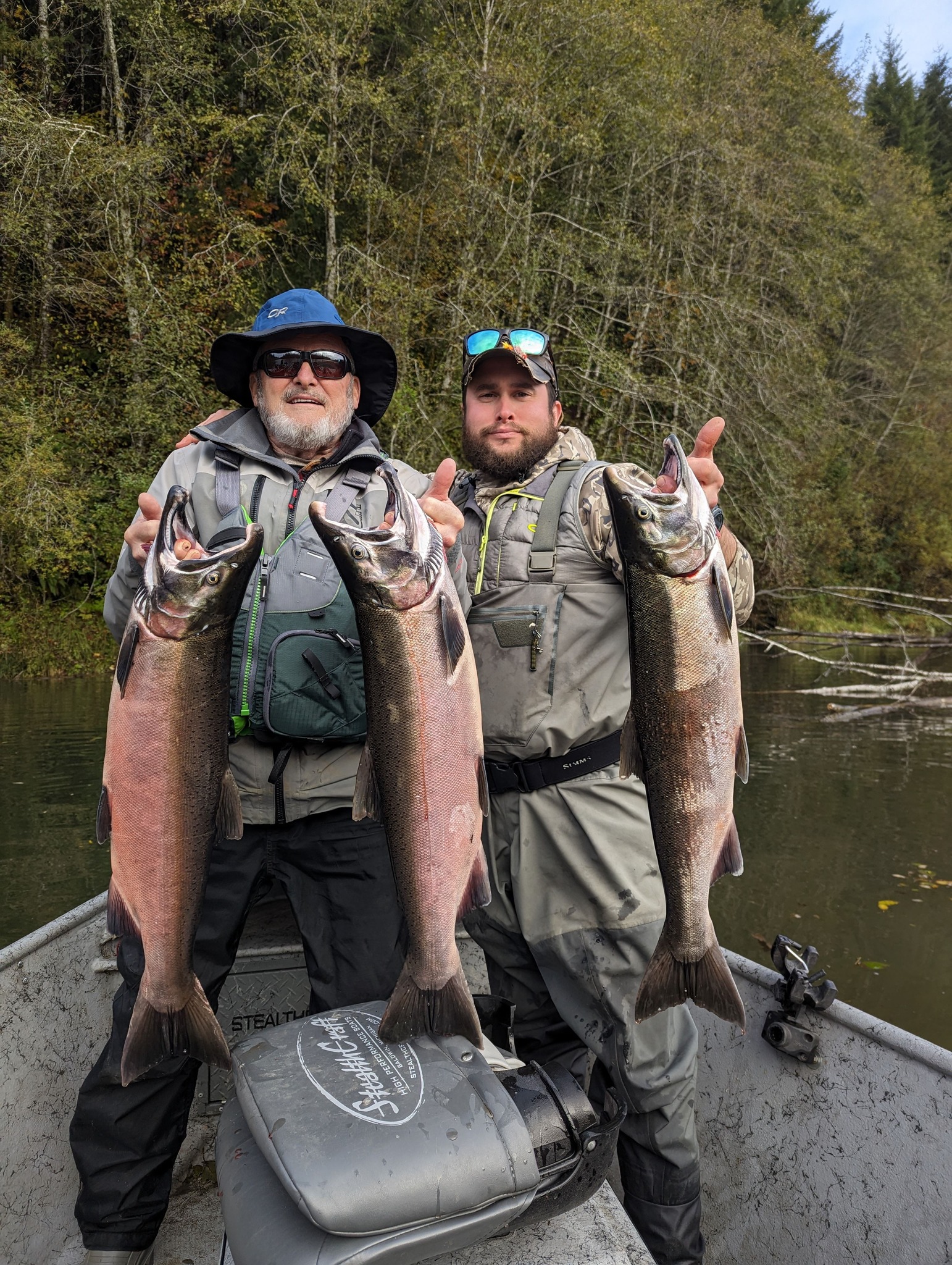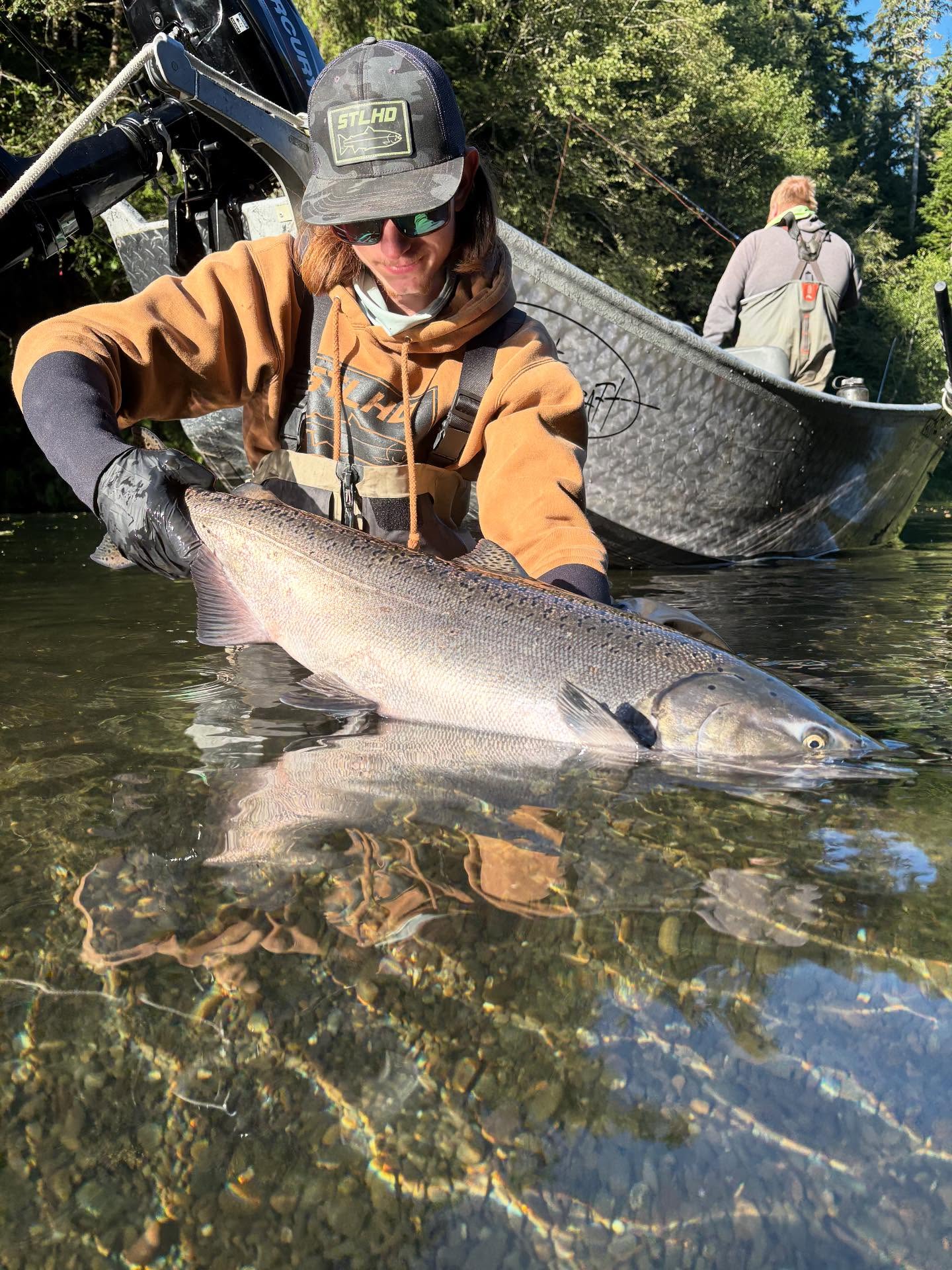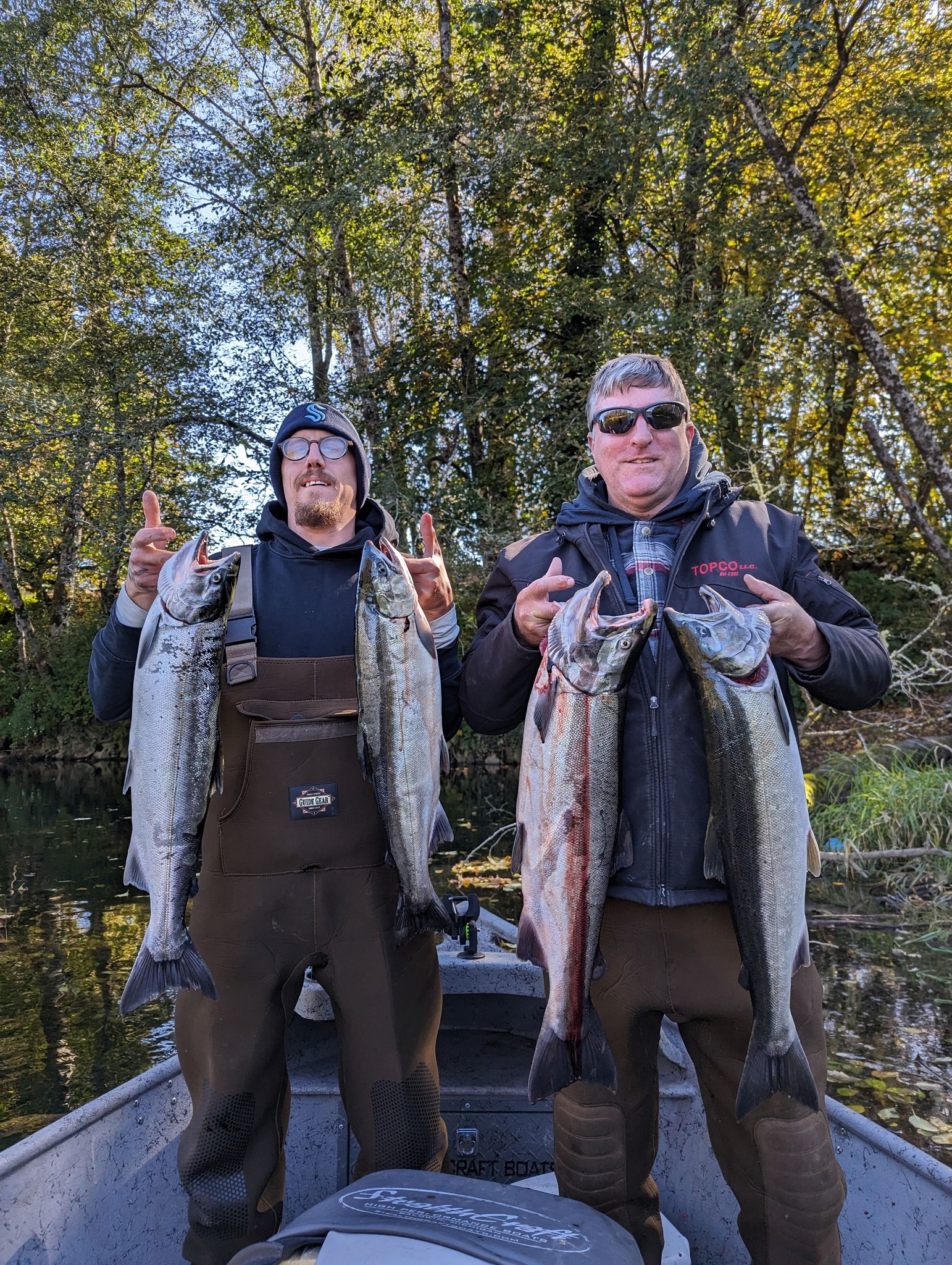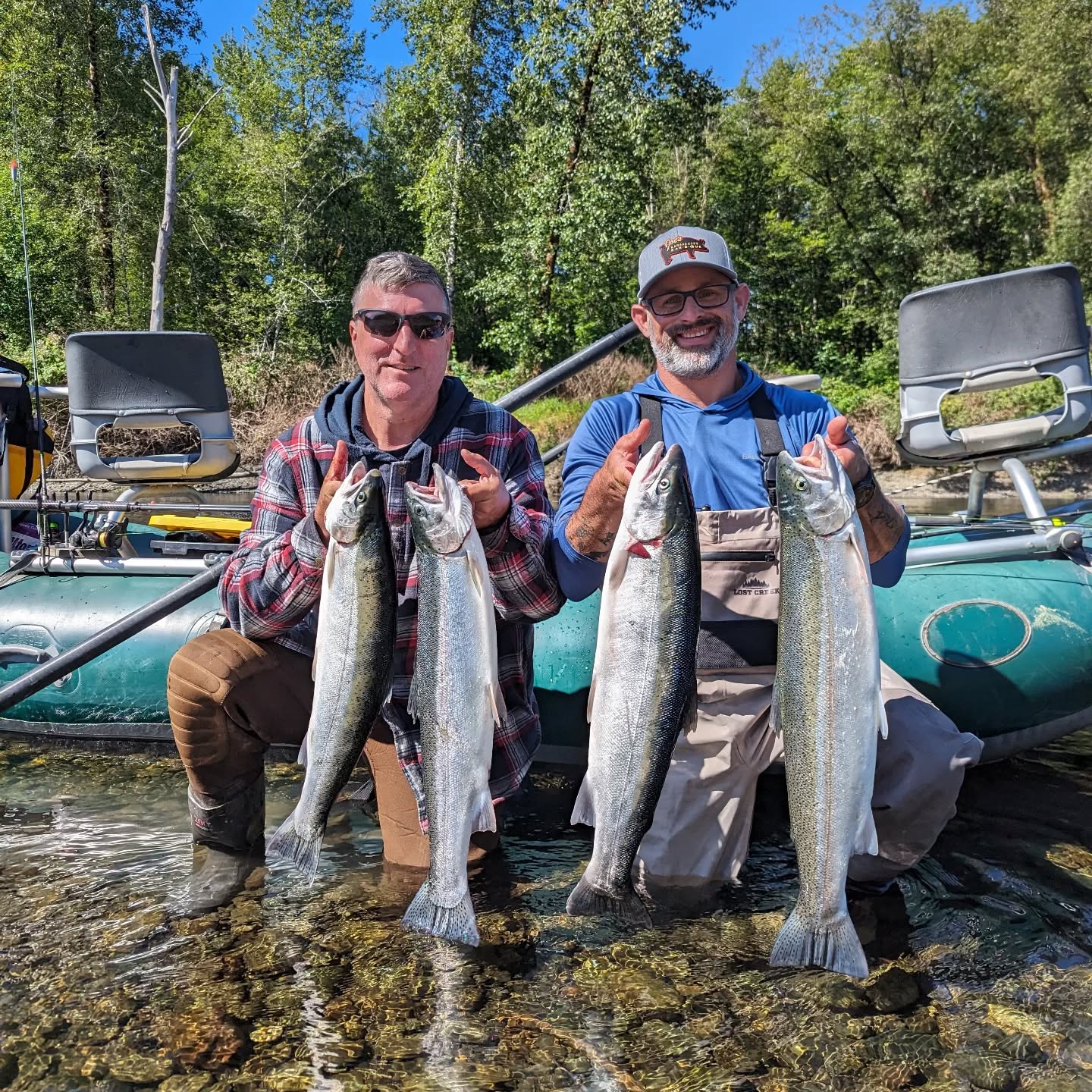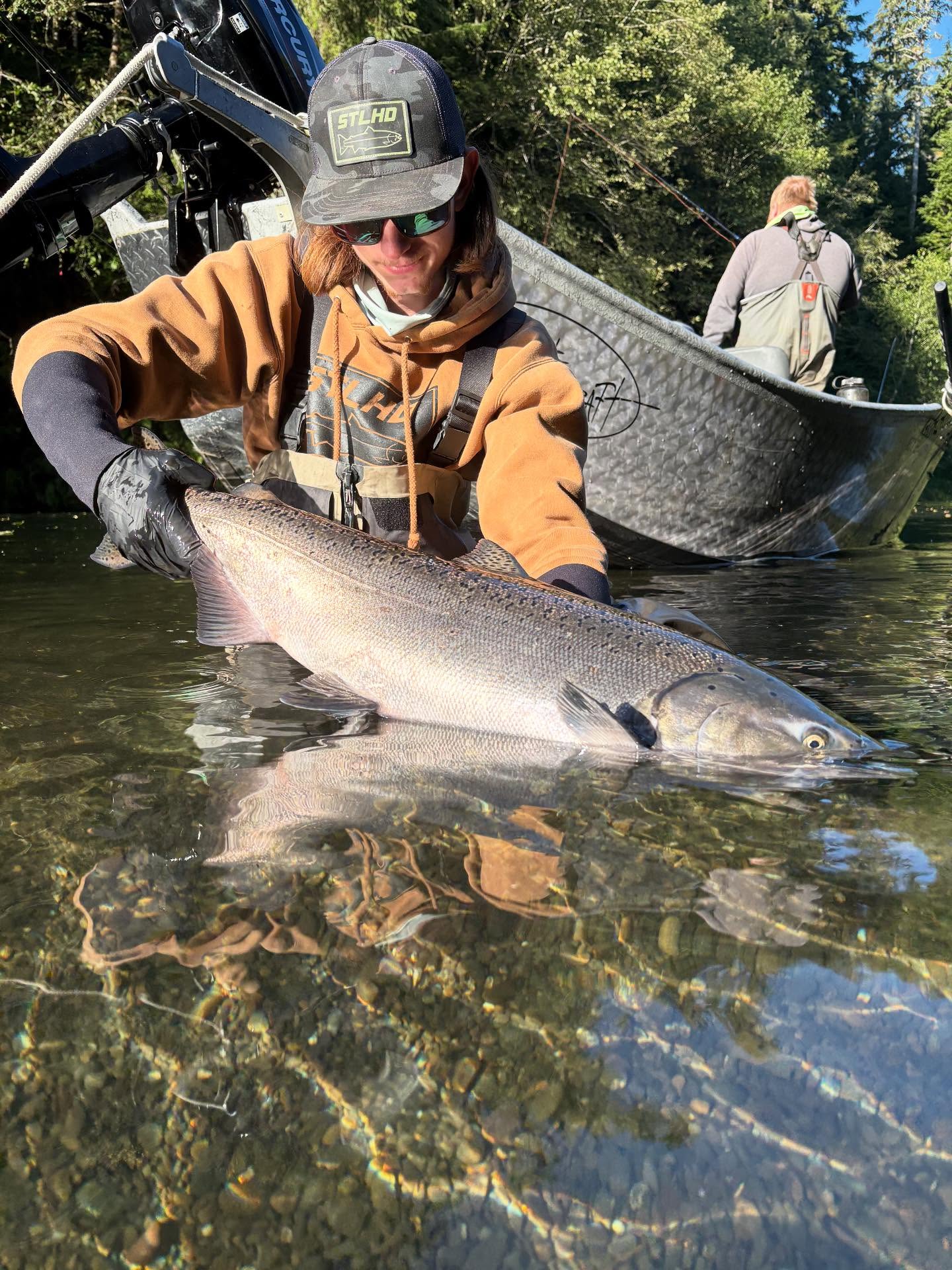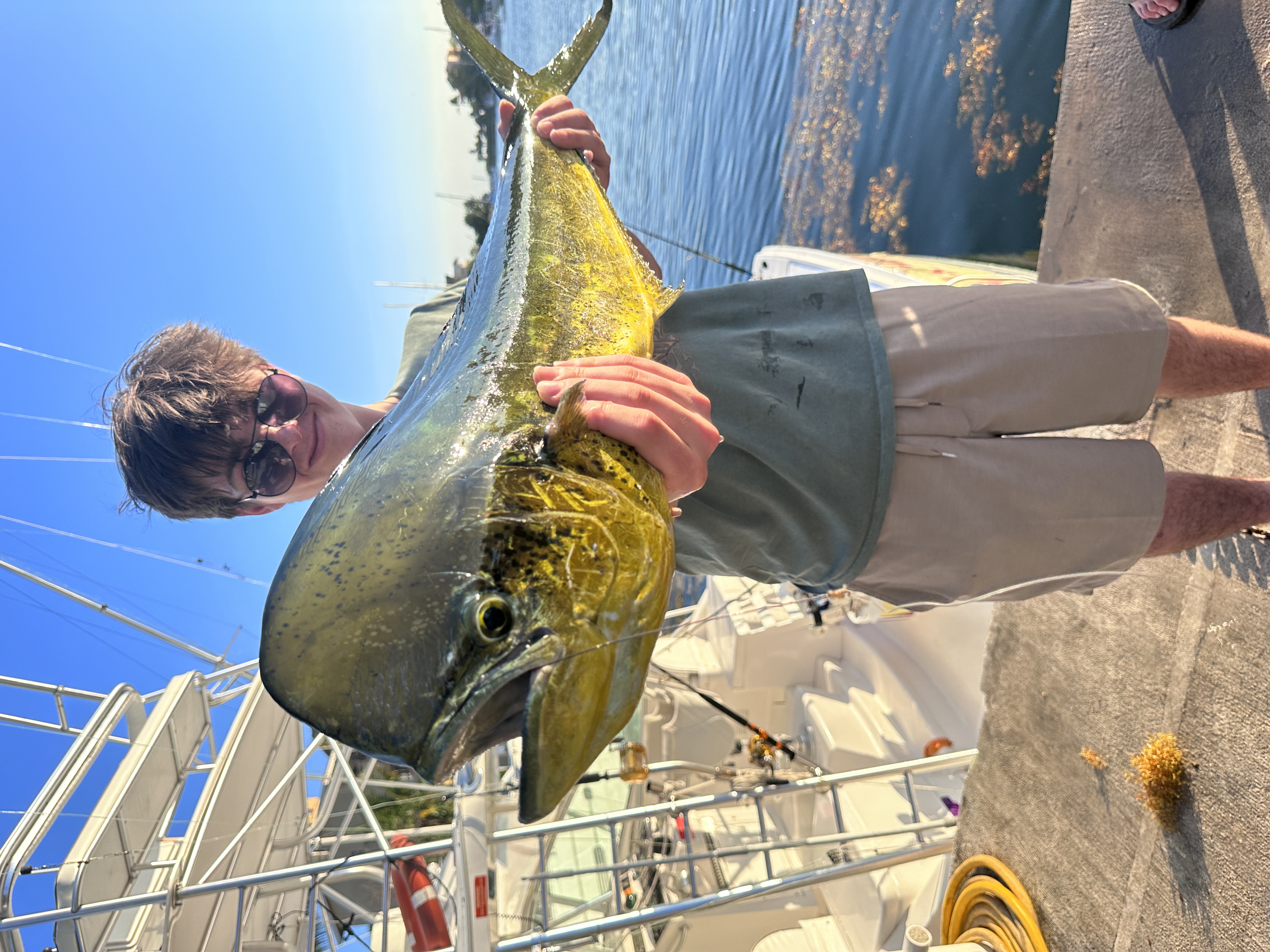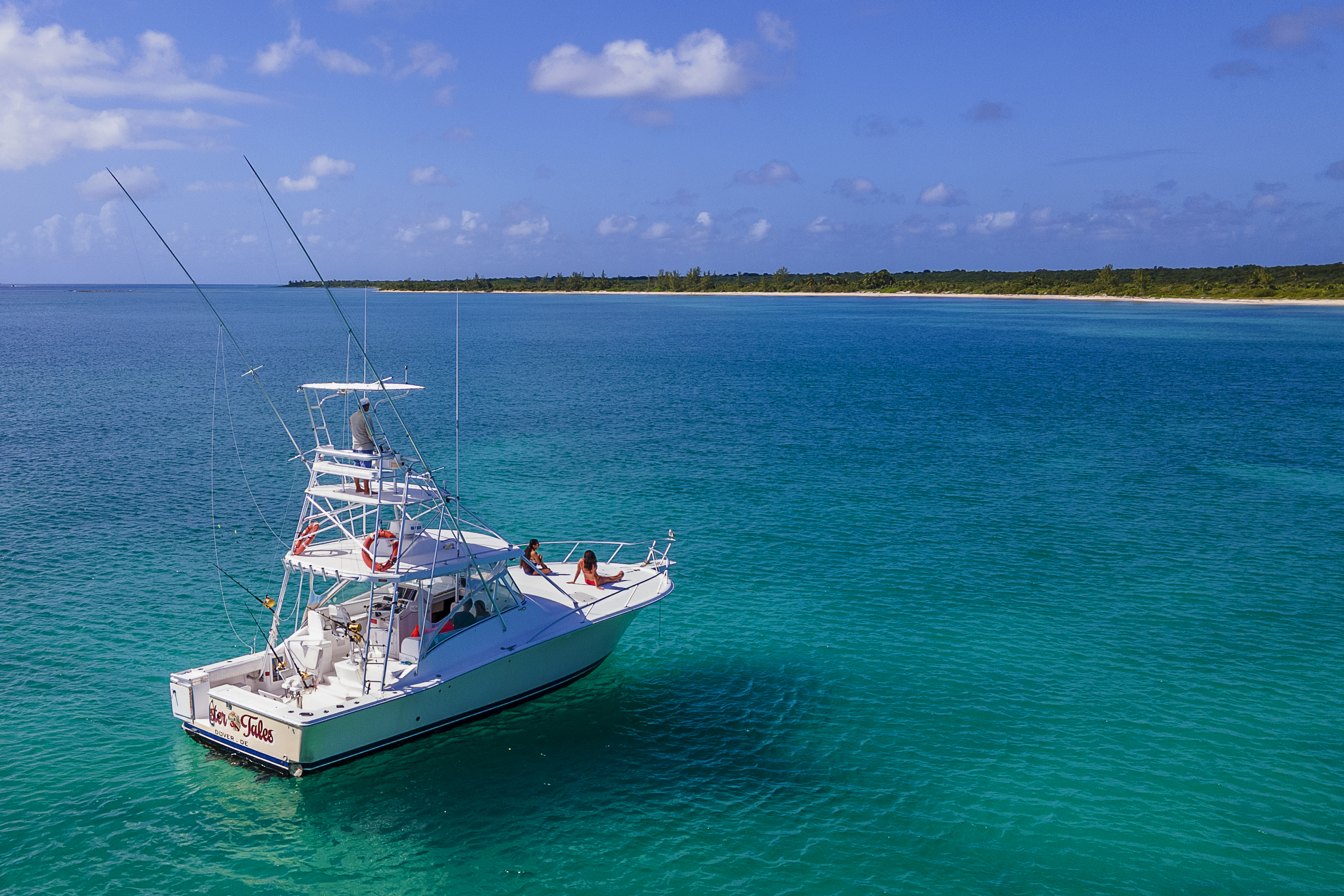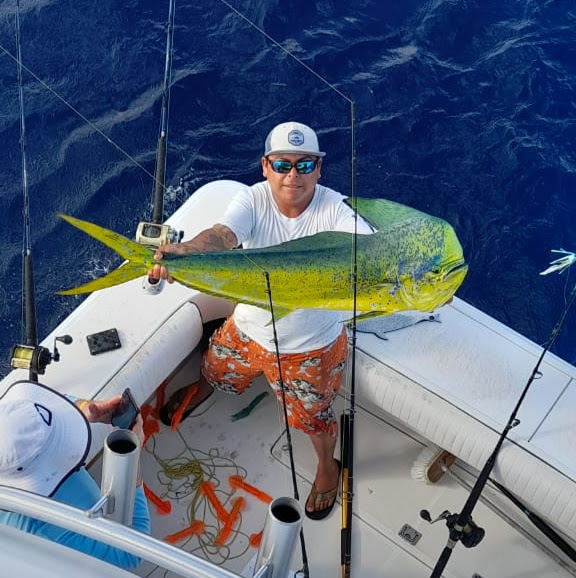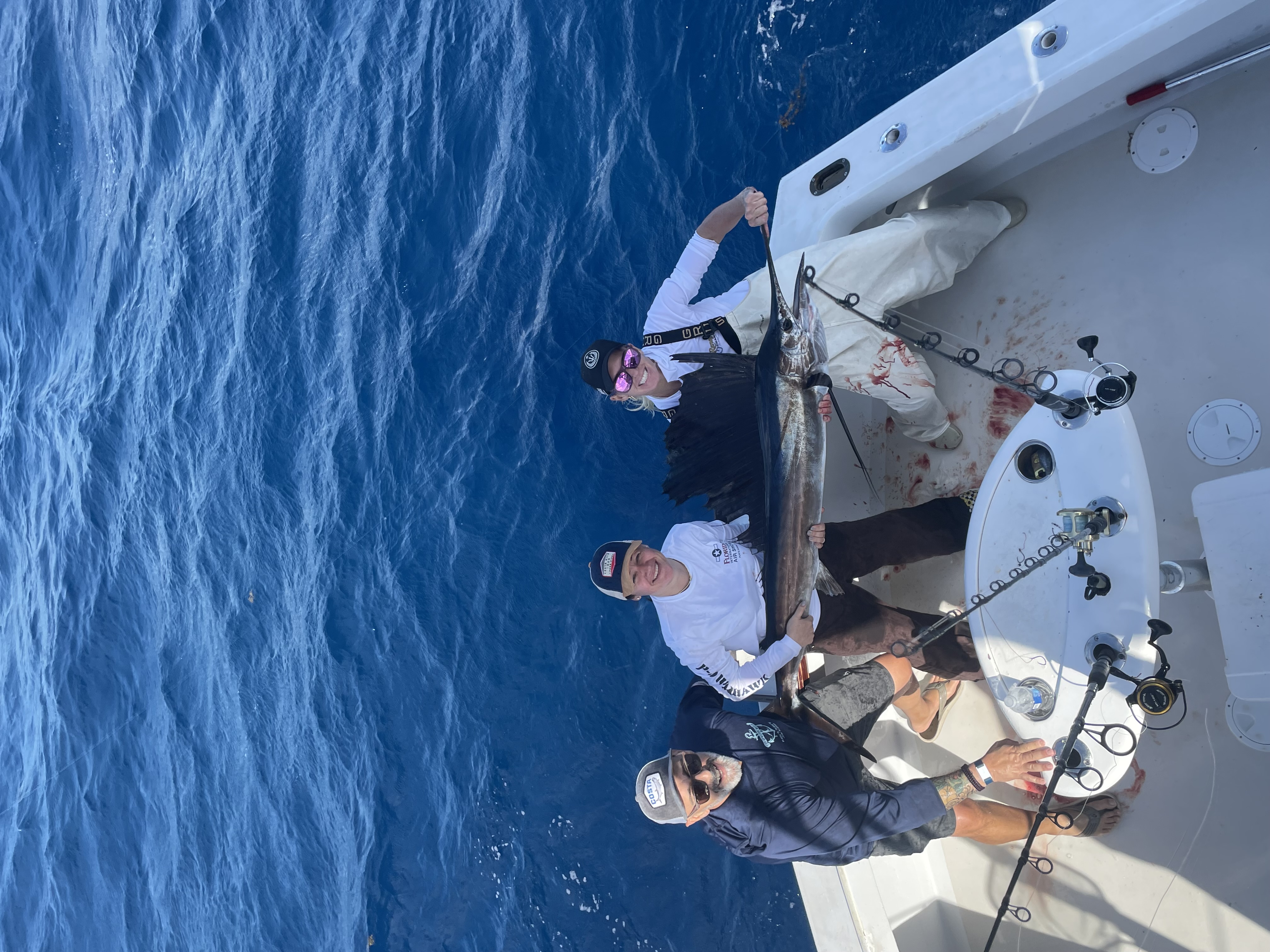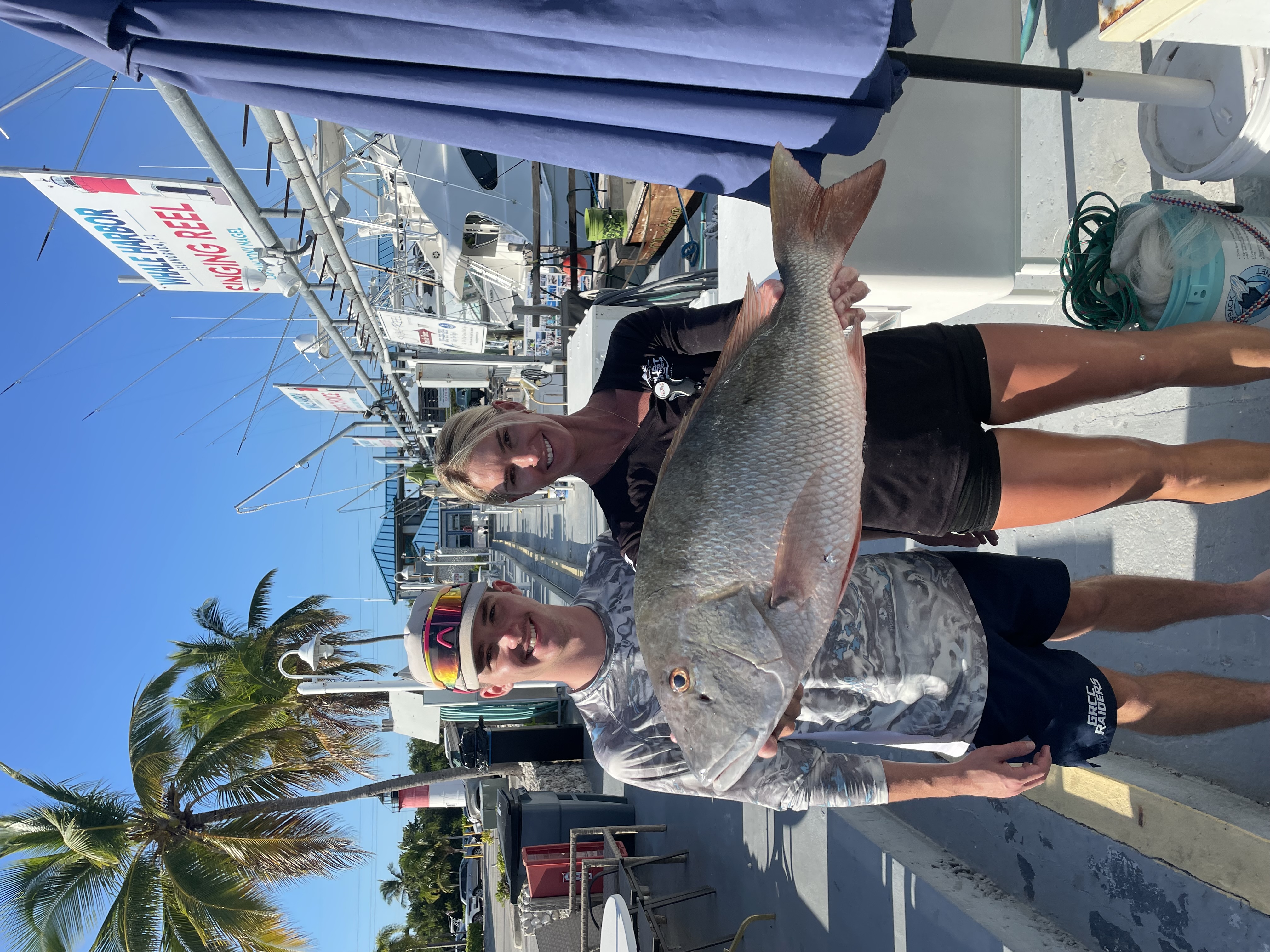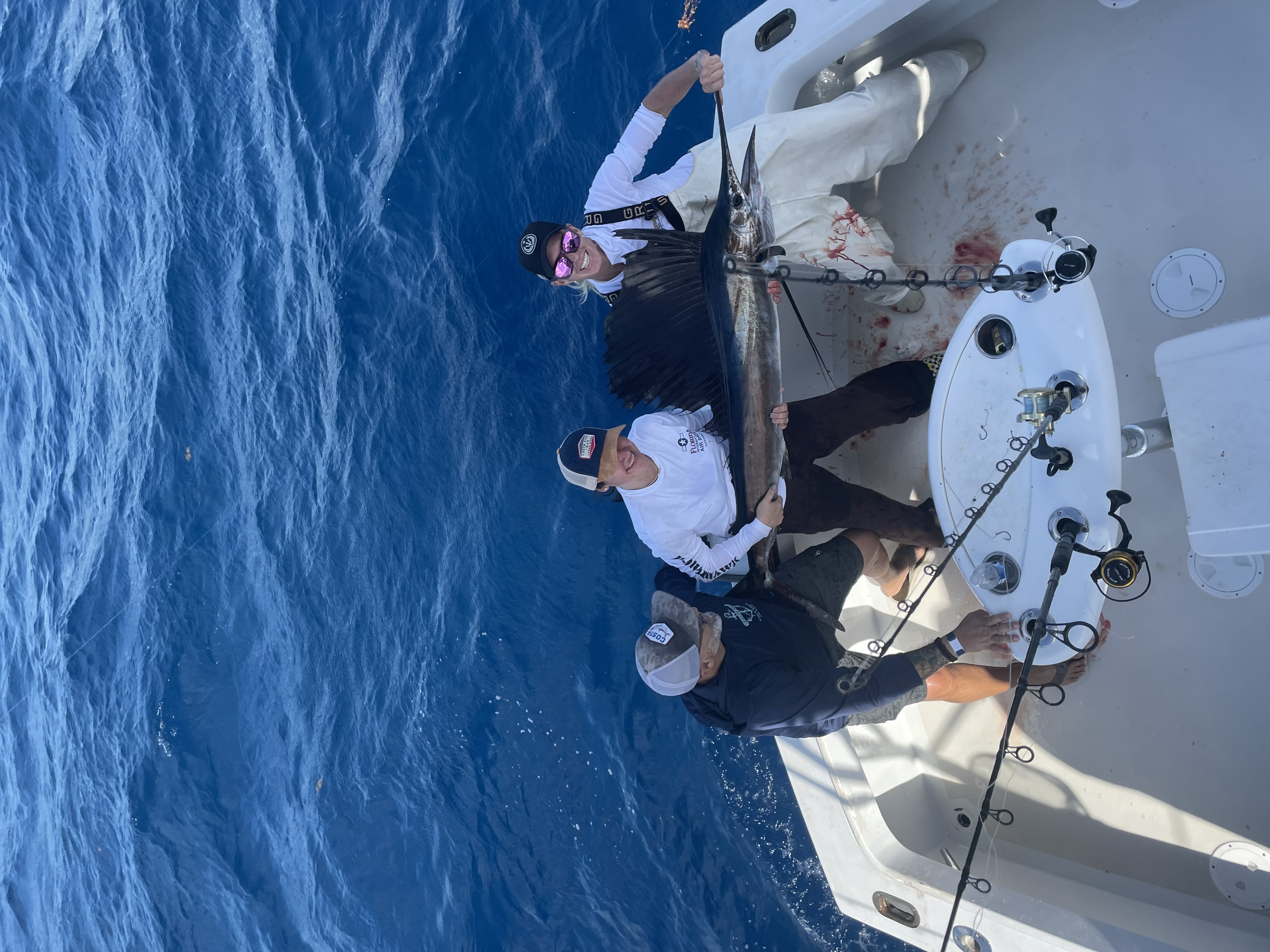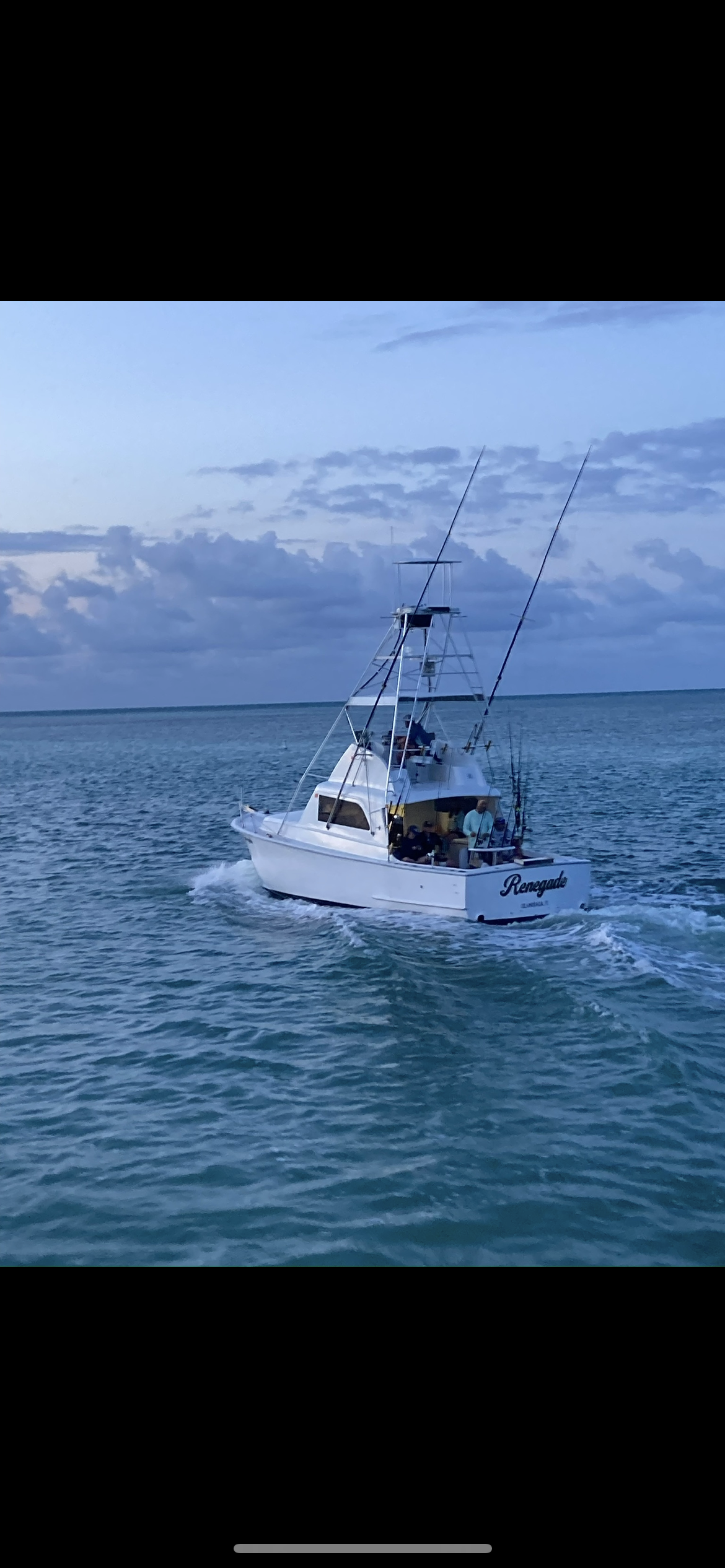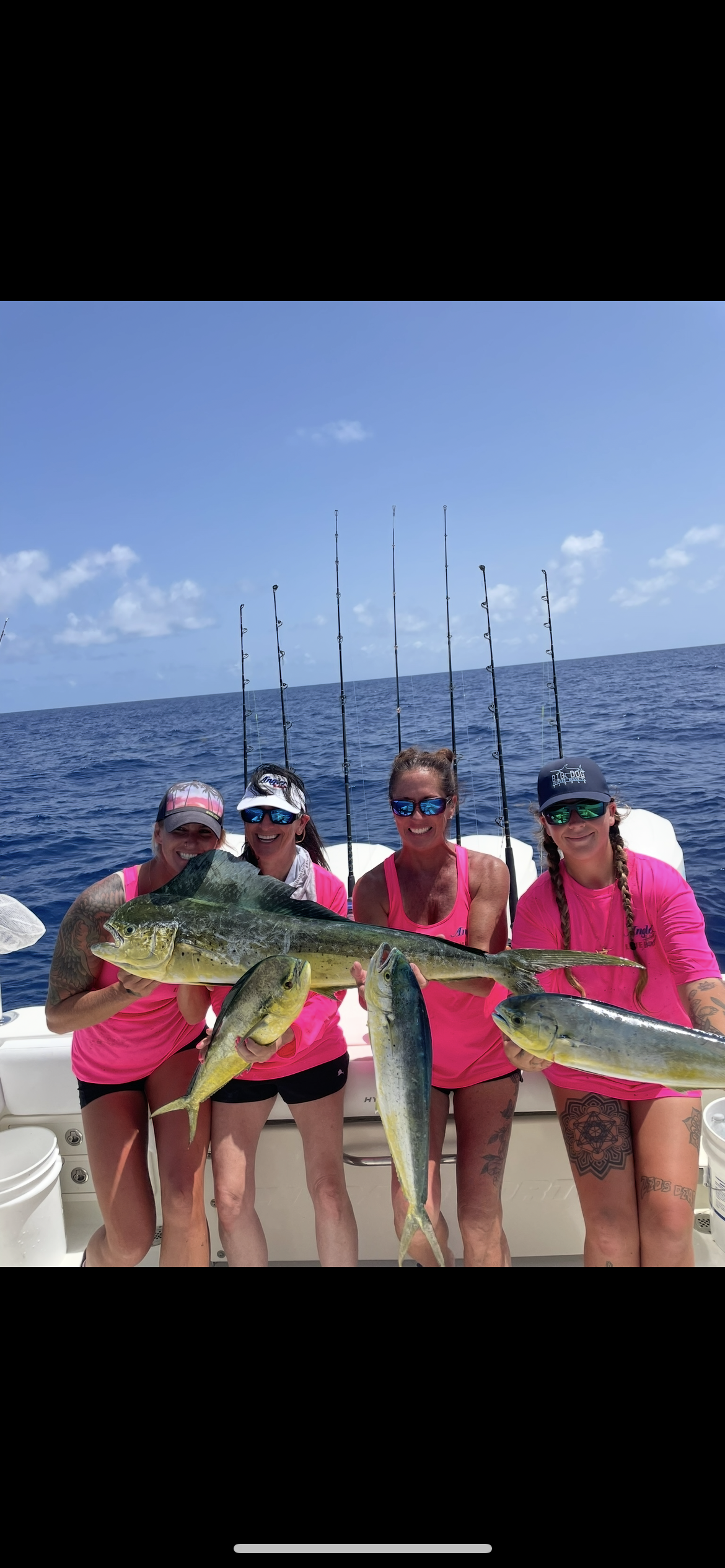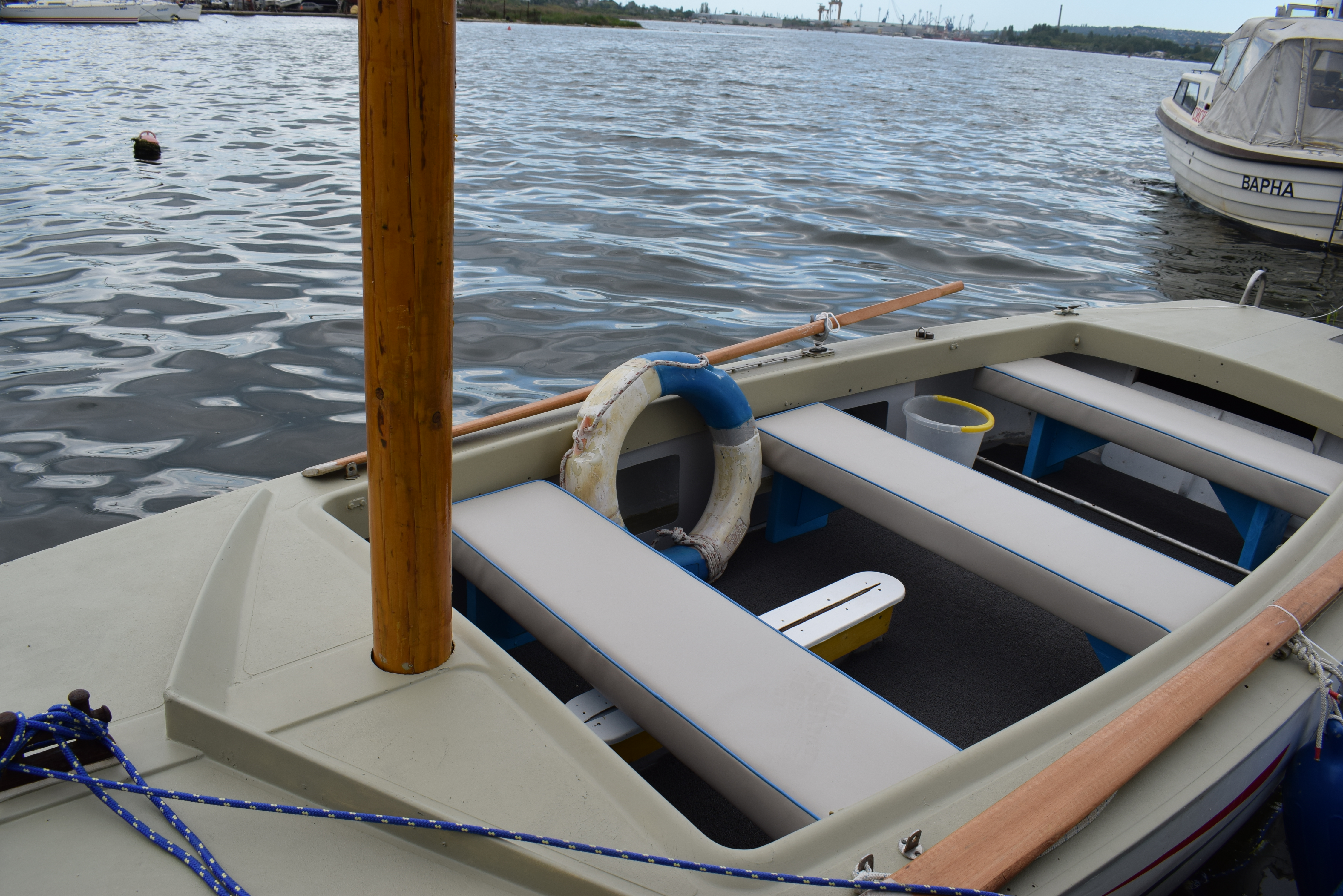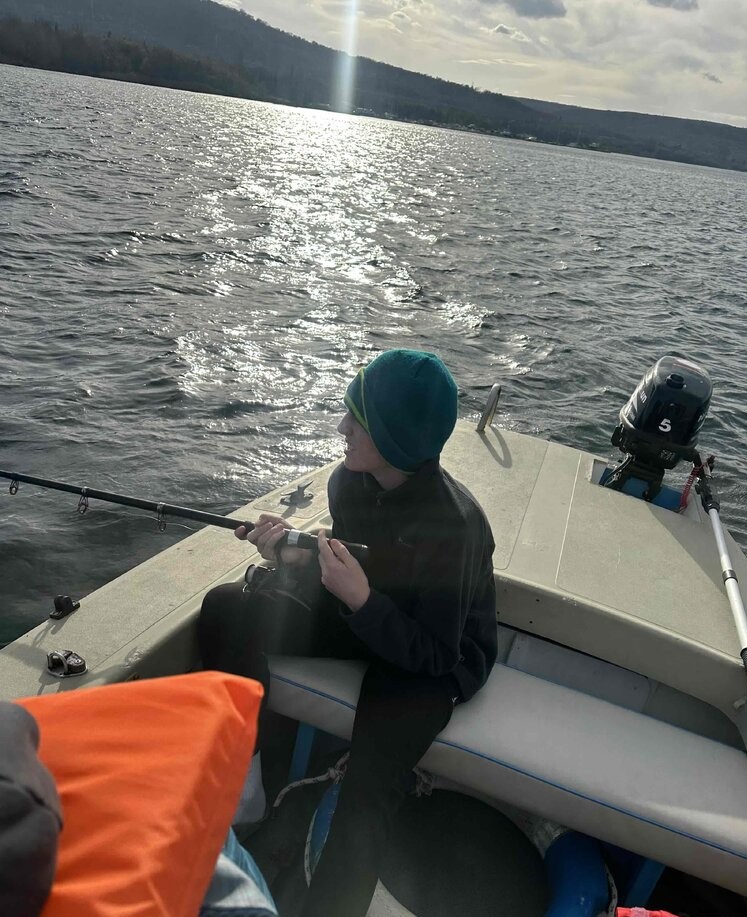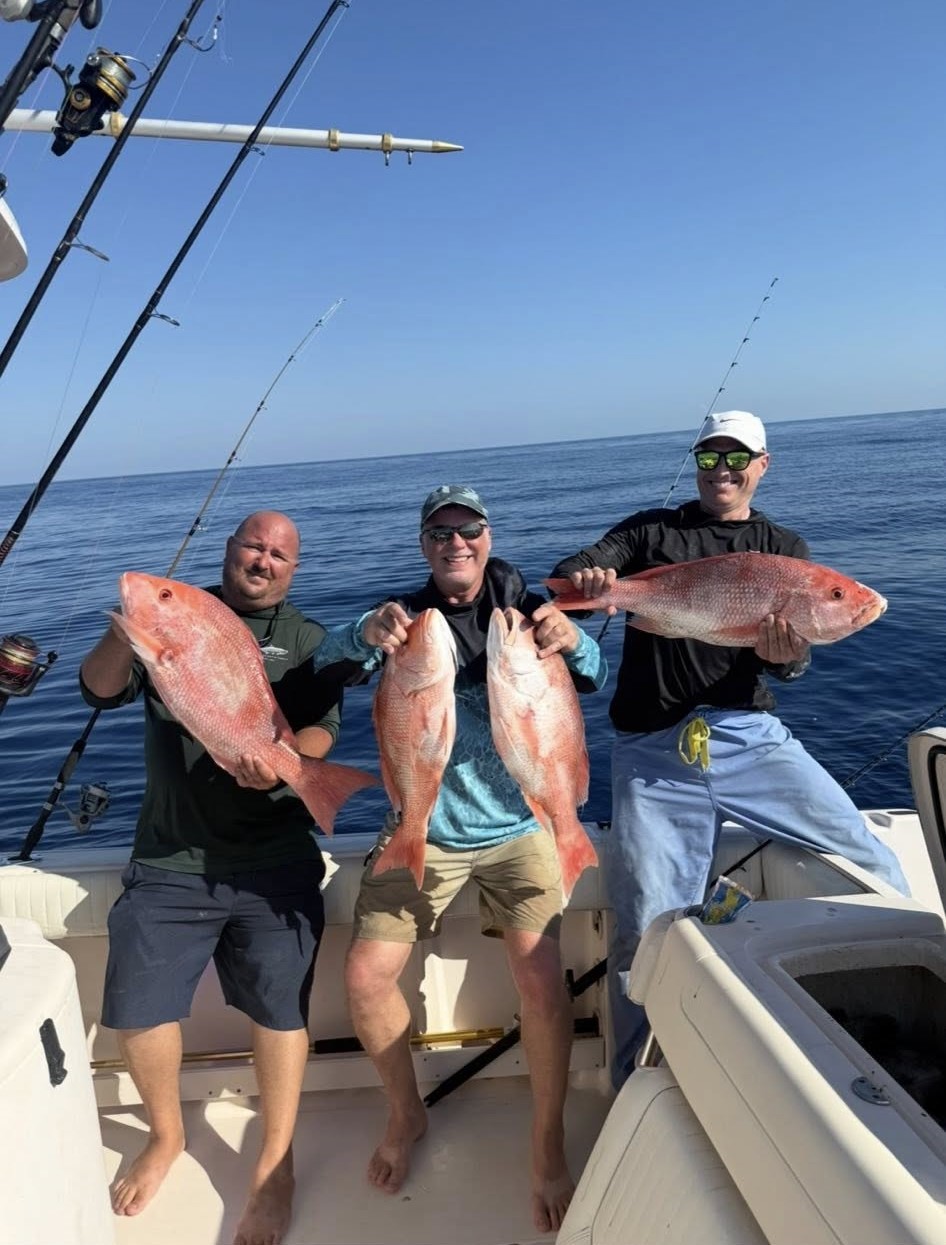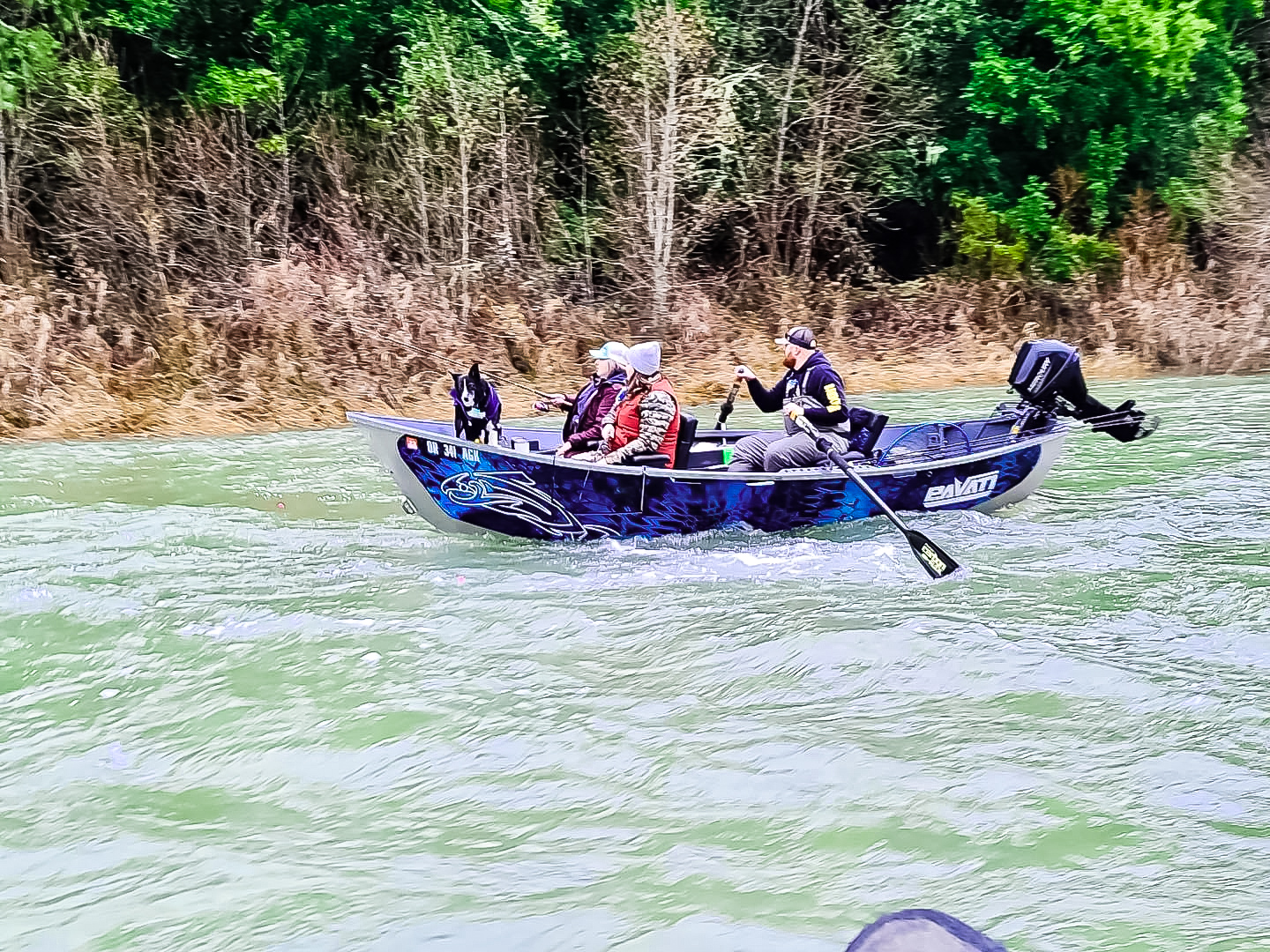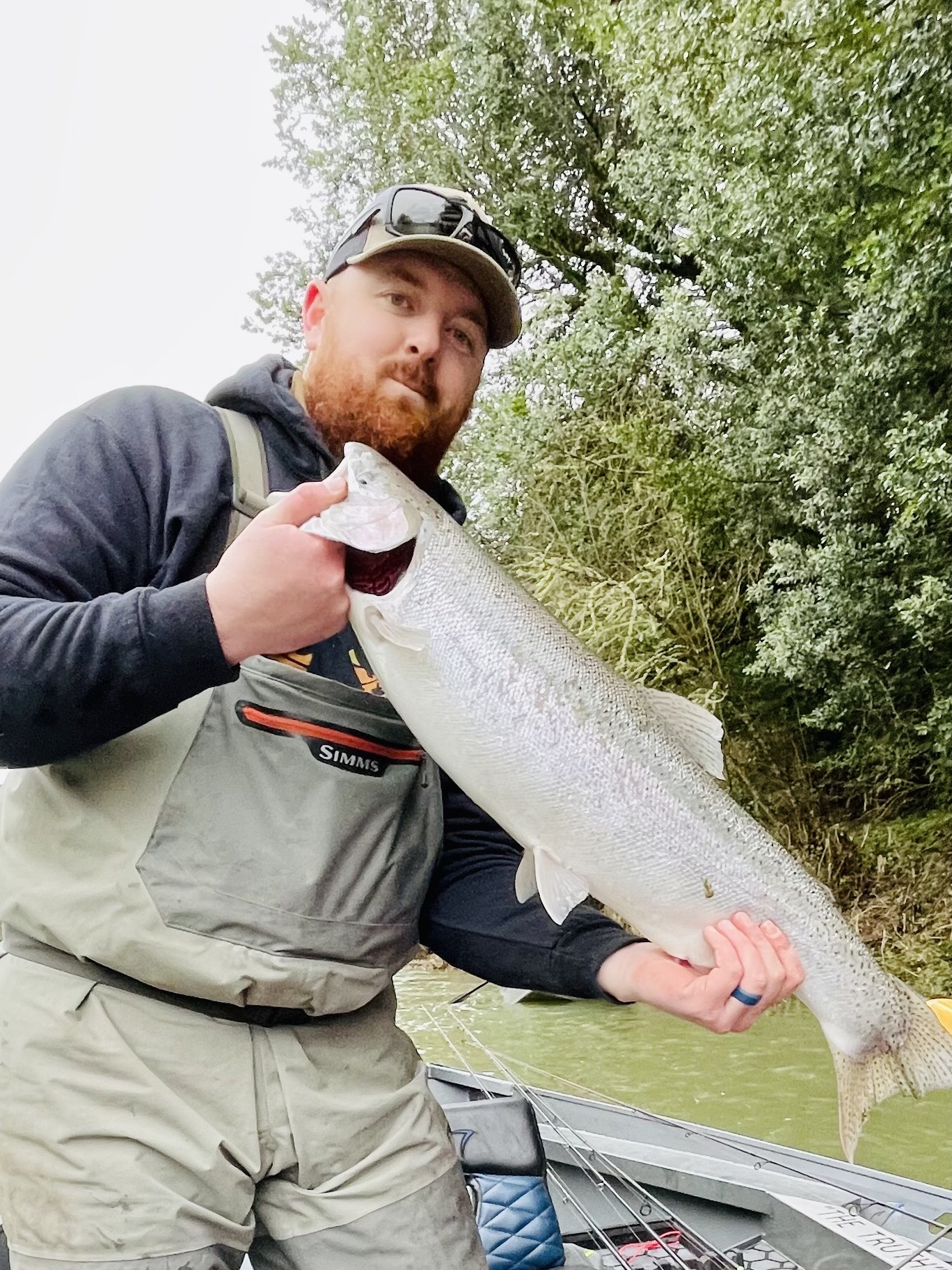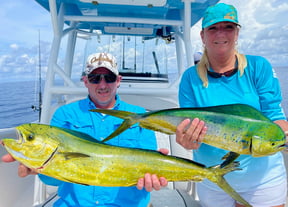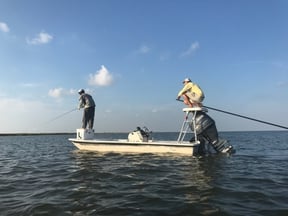Inshore, Flats Fishing in Pineland
Fly Fishing Pineland
Inshore Fishing in Mount Pleasant
Gigging Trip
Salmon Fishing Trip
Steelhead Fishing Trip
Deep Sea, Nearshore Fishing in Puerto Aventuras
Fishing Charter, Puerto Aventuras
Deep Sea, Nearshore Fishing in Islamorada
4 Hour Half Day
Deep Sea, Nearshore Fishing in Islamorada
6 Hour 3/4 Day
Black Sea Trips
Deep Sea, Nearshore Fishing in Sarasota
Red Snapper December Re-Open
Winter Steelhead
We started Captain Experiences to make it easy to book fishing and hunting guides around the world. With over 2,000 Damn Good Guides, our platform makes finding and booking a trip seamless. Head here to check out our trips.
Widespread Regulation Changes for Fishing
In the last few weeks, there has been a dramatic increase in the number of states that are making changes to their fishing regulations. The states that are implementing changes range from Maine to California and everywhere in between. With at least 11 states in the last two weeks implementing or considering regulations changes, it raises the question: why are so many states making changes?

10 States Working on New Regulations
Texas Speckled Sea Trout
Texas Parks and Wildlife are in the process of implementing new regulations for speckled sea trout for much of the Texas Coast. The trout populations have been declining for the last few years but the proposed regulations are aimed at helping the fish recover and will be voted on at the end of the month. The decline is associated with increased fishing pressure due to COVID and a severe winter storm that killed thousands of trout. We have been following the proposed regulation changes and you can check out a full write up here.
New York Regulation Consolidation for Trout and Salmon
The New York Department of Environmental Conservation has proposed regulation changes that would streamline over 240 existing regulations into only a handful of new rules. The proposed regulations would remove 143 waterbody and 33 special county regulations for pond trout harvest that would be replaced with a statewide regulation allowing anglers to harvest five fish per day with two over 12. Additionally, it would Remove 33 Atlantic salmon, 24 lake trout, and six outdated closed season restrictions that would be replaced with two statewide regulations making their seasons open year-round. Finally, the proposed regulations would also allow ice fishing unless specifically prohibited and simplify fishing seasons for popular sportfish. The proposal was made after anglers in the state were surveyed about the current regulations.
Maine Lobster
Maine is in the middle of heated lawsuits over federal regulation changes that could cripple the lobster industry to protect Right Whales. The new regulation would require changes in lobstering equipment and close over 950 square miles of fishing grounds depending on when the whales are thought to be moving through the area. The regulations are based on climate research that shows changes in the Gulf Stream have pushed right whales to feeding grounds further north and increased mortality rates.
New Jersey Striper
New Jersey recently adopted new rules for crabbing and striped bass. Anglers are now required to use non-offset circle hooks to catch striped bass in all New Jersey waters. This regulation was implemented to increase the survival rate and reduce the stress of striped bass that are caught and released.

California Rockfish
The California Department of Fish and Wildlife released new bag limits for rockfish which previously were managed under a mixed take 10 fish bag limit. The vermillion rockfish daily bag limit was reduced from five to four fish per day. Quillback and copper rockfish both have a new bag limit restricting take to one fish per day. The new and modified rockfish regulation changes are in response to a significant increase in catch rates and a steep population decline.
Missouri Paddlefish
New paddlefish regulations were implemented in Missouri increasing the minimum length harvest requirement from 24” to 32” inches and adding 15 days to the end of the season. The increase in minimum length was put in place to allow female paddlefish to reach sexual maturity and help the population become more stable. The 15 days added to the end of the season are aimed to reduce the number of netted paddlefish that die due to warm waters earlier in the season.
Florida Dolphin Fish and Largemouth Bass
The Florida Fish and Wildlife Conservation Commission is holding meetings to discuss proposed regulation changes to dolphin fish, largemouth bass, and several other fish species. Dolphin fish bag limits would be cut in half under the new regulations with individual angler limits going from ten to five fish and the vessel limit dropping from 60 to 30. The dolphin fish regulations come after reports of a significant decrease in catch rates and size. Largemouth bass would also see significant rule changes that would allow aquaculture-raised bass to be sold to restaurants along with new bag limits and maximum take size requirements.
Oklahoma Bass
The Oklahoma Department of Wildlife Conservation has proposed new rules for largemouth bass in 2022. The new rules would allow anglers to keep six black bass per day but largemouth would be restricted to fish under 16 inches with the exception that one can be over. The regulation changes are aimed at reducing the competition for food among smaller bass to grow larger bass and a more balanced population.

Pennsylvania Trout
The Pennsylvania Fish and Boat Commission has replaced 18 regional trout season-opening dates with one that will begin in April. The Commission also voted to approve a trout slot limit which has been successfully used in the past to increase the size and number of wild brown trout.
Rhode Island and Massachusetts Black Sea Bass
The black sea bass harvest limit for the coast of Massachusetts and Rhode Island has been reduced by 28% for 2022. The proposed change happened after Members of the Rhode Island Saltwater Angler Association met the Department of Environmental Management to voice their concerns about the fishery.
Other States With Regulation Changes
Several other states have made changes to their Fishing regulations including Idaho, Montana, Hawaii, Wisconsin, and many others. Looking at the big picture of why so many states have made regulation changes there seems to be a handful of explanations that continue to come up. The two most consistent answers that come up are the complex effects of COVID and environmental changes.
COVID Pressure and COVID Backlog
The outdoors industry grew drastically during the first year of the COVID-19 pandemic. With quarantine and stay-at-home mandates sweeping the country people took to the outdoors to find some space, stay active, and take on adventures that would get them out of the house. As a result, fishing saw a jump in participation because it was thought to be a “COVID safe activity” but the added pressure was felt by the wildlife in many states.

The Pandemic was also responsible for shutting down businesses and keeping people home from work which included government employees. Many of the key responsibilities of state wildlife agencies including research, meetings, and addressing public concern were canceled, rescheduled, and delayed. This slowed regulation changes a year ago but It might explain the increased activity of state wildlife agencies in the last six months.
Natural Events & Climate
The various weather events including drought, heatwaves, forest fires, hurricanes, winter storms, and flooding have impacted the people and wildlife across the country. The best examples with direct effects are the winter storm that hit the Texas Coast and the drought out west that impacted Montana and Idaho.
The winter storm brought freezing temperatures to the texas coast killing thousands of speckled sea trout seriously damaging the population. In Montana and Idaho, the drought caused low flow volumes and warm water temperatures in rivers that hurt trout. Both of these events caused the states to take immediate action which is now being readdressed with more regulation changes. Severe weather events may be causing the changes in fish stocks and catch rates that are less obvious but still require regulatory changes.
On a larger scale, the environment is changing and wildlife movements are changing. The most direct effects on fish stocks are changing ocean conditions. The federal regulations aimed at protecting right whales could damage the lobster industry in Maine. These regulations come from research showing a change in the Gulf Stream has pushed these whales to feeding grounds 500 miles further north. The impact on anglers in this example is indirect but future projections from the report predict the movements of many fish species will change and are likely to be more evident in the coming decades.
Joey Butrus
Updated on August 2, 2023
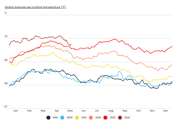
November 15, 2023
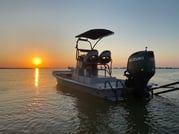
January 7, 2022
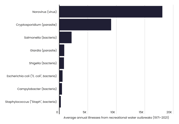
July 1, 2024
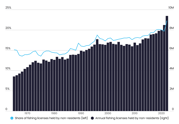
July 31, 2024
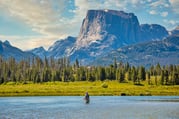
May 13, 2024
Related Articles
December 2, 2021
October 3, 2022
August 15, 2022
Featured Locations
- Fishing Charters Near Me
- Austin Fishing Guides
- Biloxi Fishing Charters
- Bradenton Fishing Charters
- Cabo San Lucas Fishing Charters
- Cancun Fishing Charters
- Cape Coral Fishing Charters
- Charleston Fishing Charters
- Clearwater Fishing Charters
- Corpus Christi Fishing Charters
- Crystal River Fishing Charters
- Dauphin Island Fishing Charters
- Daytona Beach Fishing Charters
- Destin Fishing Charters
- Fort Lauderdale Fishing Charters
- Fort Myers Fishing Charters
- Fort Walton Beach Fishing Charters
- Galveston Fishing Charters
- Gulf Shores Fishing Charters
- Hatteras Fishing Charters
- Hilton Head Fishing Charters
- Islamorada Fishing Charters
- Jacksonville Fishing Charters
- Jupiter Fishing Charters
- Key Largo Fishing Charters
- Key West Fishing Charters
- Kona Fishing Charters
- Lakeside Marblehead Fishing Charters
- Marathon Fishing Charters
- Marco Island Fishing Charters
- Miami Fishing Charters
- Montauk Fishing Charters
- Morehead City Fishing Charters
- Naples Fishing Charters
- New Orleans Fishing Charters
- New Smyrna Beach Fishing Charters
- Ocean City Fishing Charters
- Orange Beach Fishing Charters
- Panama City Beach Fishing Charters
- Pensacola Fishing Charters
- Pompano Beach Fishing Charters
- Port Aransas Fishing Charters
- Port Orange Fishing Charters
- Rockport Fishing Charters
- San Diego Fishing Charters
- San Juan Fishing Charters
- Sarasota Fishing Charters
- South Padre Island Fishing Charters
- St. Augustine Fishing Charters
- St. Petersburg Fishing Charters
- Tampa Fishing Charters
- Tarpon Springs Fishing Charters
- Venice Fishing Charters
- Virginia Beach Fishing Charters
- West Palm Beach Fishing Charters
- Wilmington Fishing Charters
- Wrightsville Beach Fishing Charters


